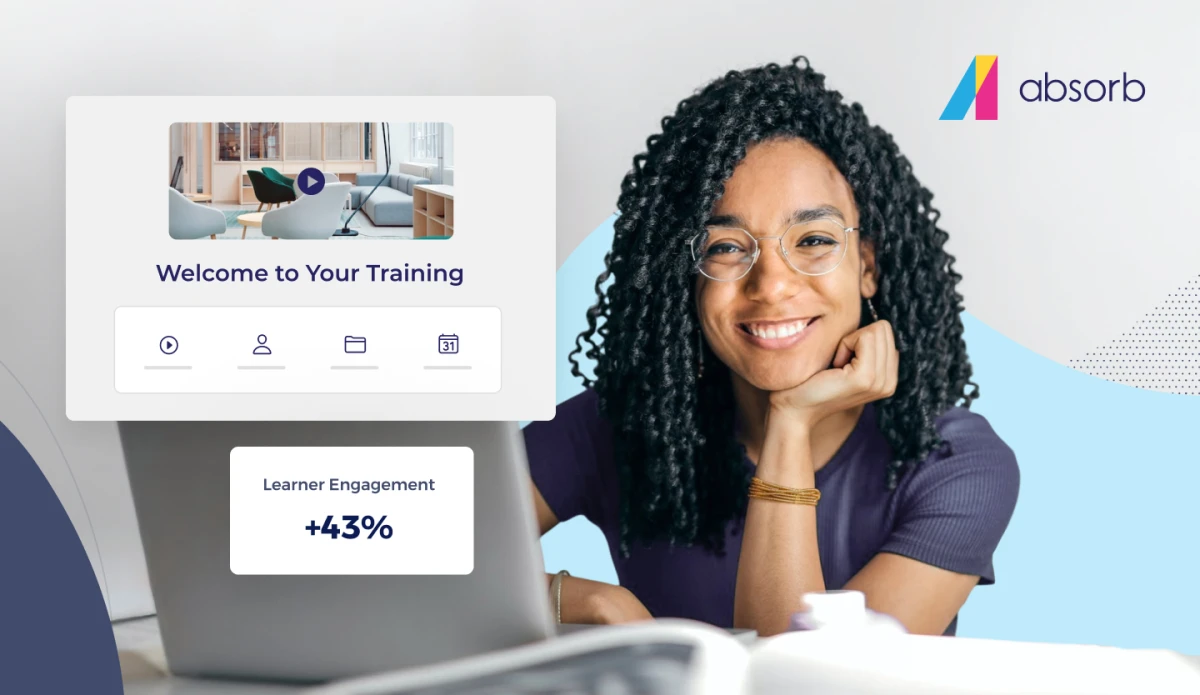
Shortly after the dot-com bubble burst in 2000, sending the tech-heavy NASDAQ stock exchange plummeting, I interviewed a director of learning and development at one of the major semiconductor companies. She mentioned that in 2000, about 95 per cent of the learning and development taking place within the company consisted of traditional instructor-led, classroom-based sessions. One year later, 95 per cent of the company's formal learning was self-paced and online, and only 5 per cent was classroom-based.
That's a pretty dramatic transformation in 12 short months.
The dot-com bubble meltdown had a huge impact on workplace learning and development. Publicly-traded companies that saw their valuations drop significantly were desperate to cut costs, thus raising their profits and stock price. Learning and development was an easy cost-slashing target; companies soon discovered that online learning could provide huge savings compared to traditional classroom-based instruction.
As painful as the bursting of the dot-com bubble was, the meltdown led to high adoption rates of learning technologies within the workplace, especially in larger organizations. In the last five years, learning technology adoption has expanded to include small- and medium-size companies. The result is that adoption of online learning has been faster in the workplace than in higher education.
Higher education never underwent a cataclysmic event that led to the widespread adoption of online learning. Consequently, although some academic institutions have been early learning technology adopters and innovators, many more have resisted the transition, sticking to their guns that learning is best done one way: with students sitting in a physical classroom listening to a lecturer present at the front of the class.
Suddenly in 2012, higher education seems to be experiencing an OMG!-We-need-to-do-something! moment. Barely a day goes by without a major news source publishing a story about the technological transformation of higher education. Just a few recent examples are here and here.
Whereas the dot-com bubble led to almost overnight adoption of learning technology in the workplace, the impetus for adoption in higher education has come slowly and from multiple sources.
- In many regions, governments have been gradually cutting funding to universities, pushing the financial burden onto students, parents, and charitable donors.
- Many students now graduate with many tens of thousands of dollars in student loan debt. This has created a ticking financial time bomb, with student debt surpassing the level of credit card debt in the U.S. The result is growing student resistance to higher tuition fees.
- Universities must increase revenue to cover rising costs yetfind they are between a rock (reduced government funding) and a hard place (student push-back against rising tuition fees). It's tough to scale up a bricks-and-mortar educational model. If your only option for financial growth is to add more students, do you build another campus? Do you increase class size?
The result is that higher education is suddenly looking to online learning to solve the challenges listed above.

This is going to be great for everyone involved in learning technology:
- Whereas many institutions will film a lecture, put it on the Web, and call it online learning, many others will pursue innovative ways to use technology for learning. These innovations will spill into workplace learning.
- Traditionally, many people only experience online learning once they've left school and entered the workforce. With the adoption of learning technology in higher education, these individuals are more likely to champion its benefits at work, leading to even greater adoption of learning technologies in the workplace.
- Most importantly, the line will blur between higher education and workplace learning. Both will leverage similar strategies and technologies, and each will lead to the acquisition of knowledge and new skills.
How long will it be before a learner's academic and workplace learning history are combined into a single transcript?





